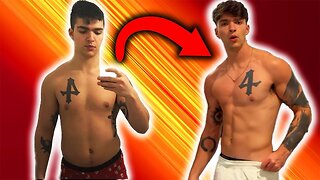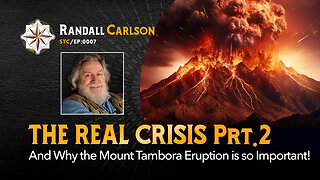Irish Dancing at Trinity College Dublin
Irish Dancing at Trinity College Dublin
Irish dance is a group of traditional dance forms originating from Ireland, encompassing dancing both solo and in groups, and dancing for social, competitive, and performance purposes. Irish dance in its current form developed from various influences such as Native Irish dance, French quadrilles and English country dancing. Dance was taught by "travelling dance masters" across Ireland in the 17th-18th century, and separate dance forms developed according to regional practice and differing purposes. Irish dance became a significant part of Irish culture, particularly for Irish nationalist movements. From the early 20th century, a number of organisations promoted and codified the various forms of dance, creating competitive structures and standardised styles.
Solo Irish dance includes the most well-known form of Irish dance, Irish stepdance, which was popularised from 1994 onwards by dance shows such as Riverdance, and which is practised competitively across the Irish diaspora. Stepdance is characterised by the rigid upper body and intricate footwork of its performers. Other forms of solo Irish dance include sean-nós dance, a relaxed and social dance style involving improvised steps, and festival Irish dance, a style which separated from step dance in the mid-20th century.
Irish dancing in groups is made up of a number of styles and traditions, which developed from French and English dances and formations. Ceili dance, practised both competitively and socially, is performed by groups of two to sixteen people, and often uses traditional or codified dances and formations. Its footwork is simple, and emphasis is placed on the figures and formations of the dances. Set dance is primarily a social tradition, for groups of four dancers, and includes elements of the intricate footwork found in step dance
-
 3:22
3:22
One Bite Pizza Reviews
1 day agoBarstool Pizza Review - Marco Pizzeria & Restaurant (Branford, CT)
4.44K16 -
 41:46
41:46
Standpoint with Gabe Groisman
8 hours agoEp. 27. From GameStop to the NBA. Gabe Plotkin
2.93K -
 55:04
55:04
Matt Kohrs
5 hours agoThe Volatile Week Ahead || The MK Show
14.2K10 -
 26:18
26:18
Stephen Gardner
4 hours agoTop Republican UNLOADS on Democrats and Biden's MENTAL HEALTH!!
22.2K54 -
 44:30
44:30
Michael Franzese
2 days agoCancel Culture Backlash of My UK Tour | Michael Franzese
79.5K45 -
 35:12
35:12
Island Hopper TV
1 day agoFull Costa Rica Travel Guide 2024
39.1K32 -
 4:43
4:43
ParisDemers
1 day agoThis Diet Hack Changed My Life! (How To Get Ripped FAST!)
54.6K46 -
 46:57
46:57
Crime Circus
1 day agoApple River ST*BBING!! Stand Your Ground Interrogation of Man in Wisconsin
62.6K45 -
 9:39
9:39
Tactical Advisor
1 day agoHow To Improve Your Shooting For FREE! Mantis Blackbeard X
77.8K14 -
 1:00:59
1:00:59
Squaring The Circle w/ Randall Carlson
1 day ago#007 The Real Climate Crisis Noone Is Talking About and Mount Tambora Pt 2
82.7K24